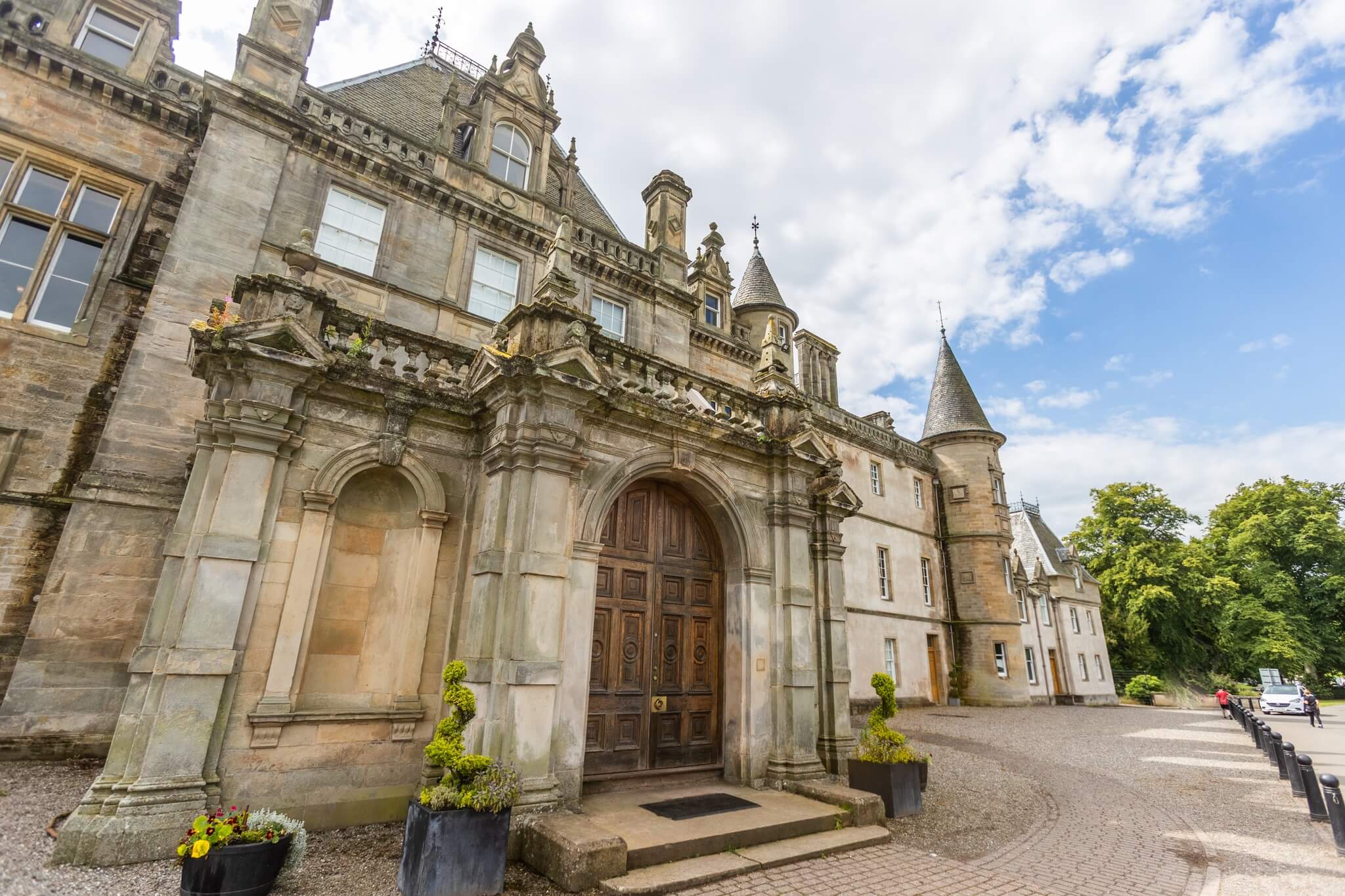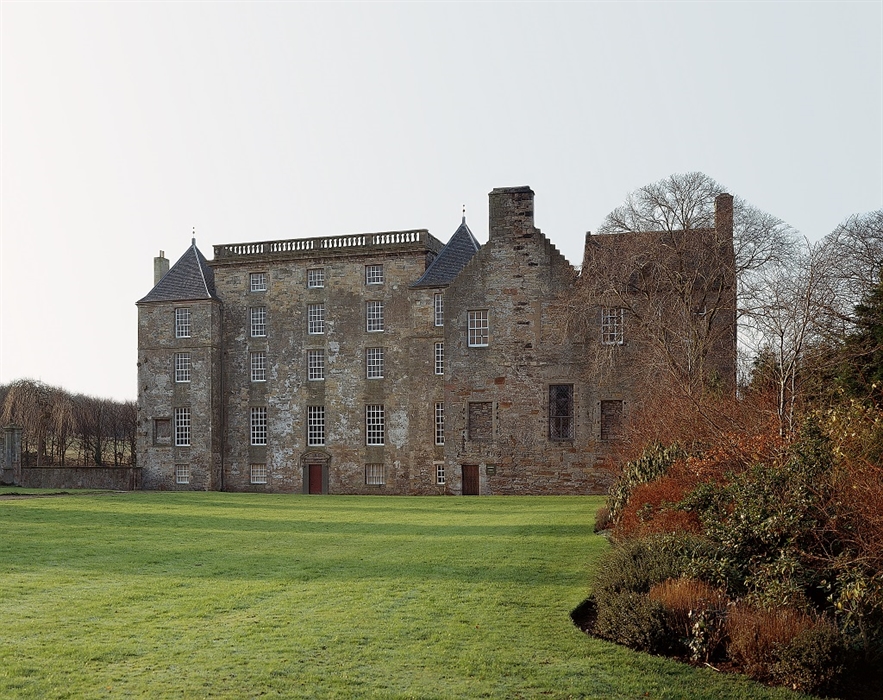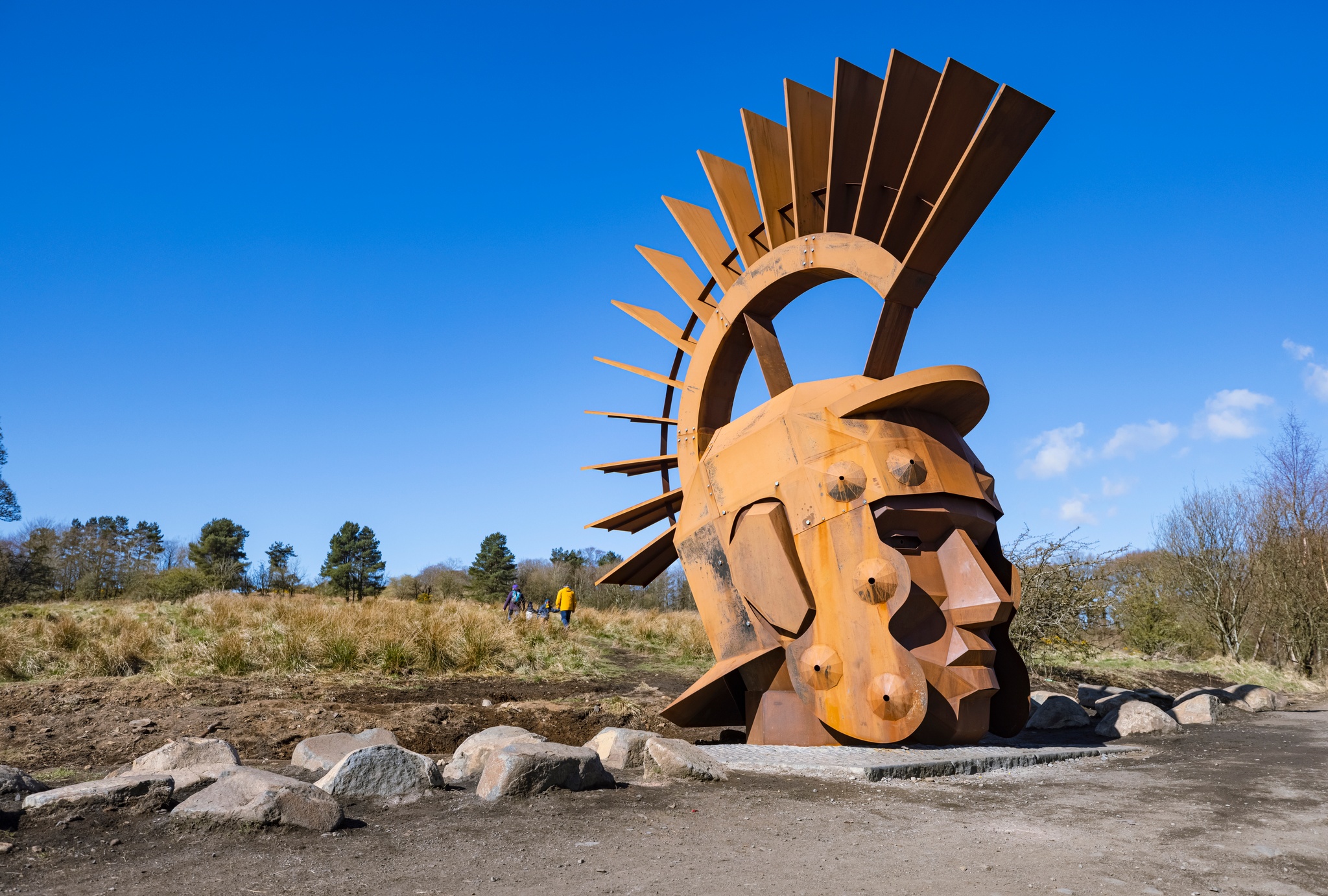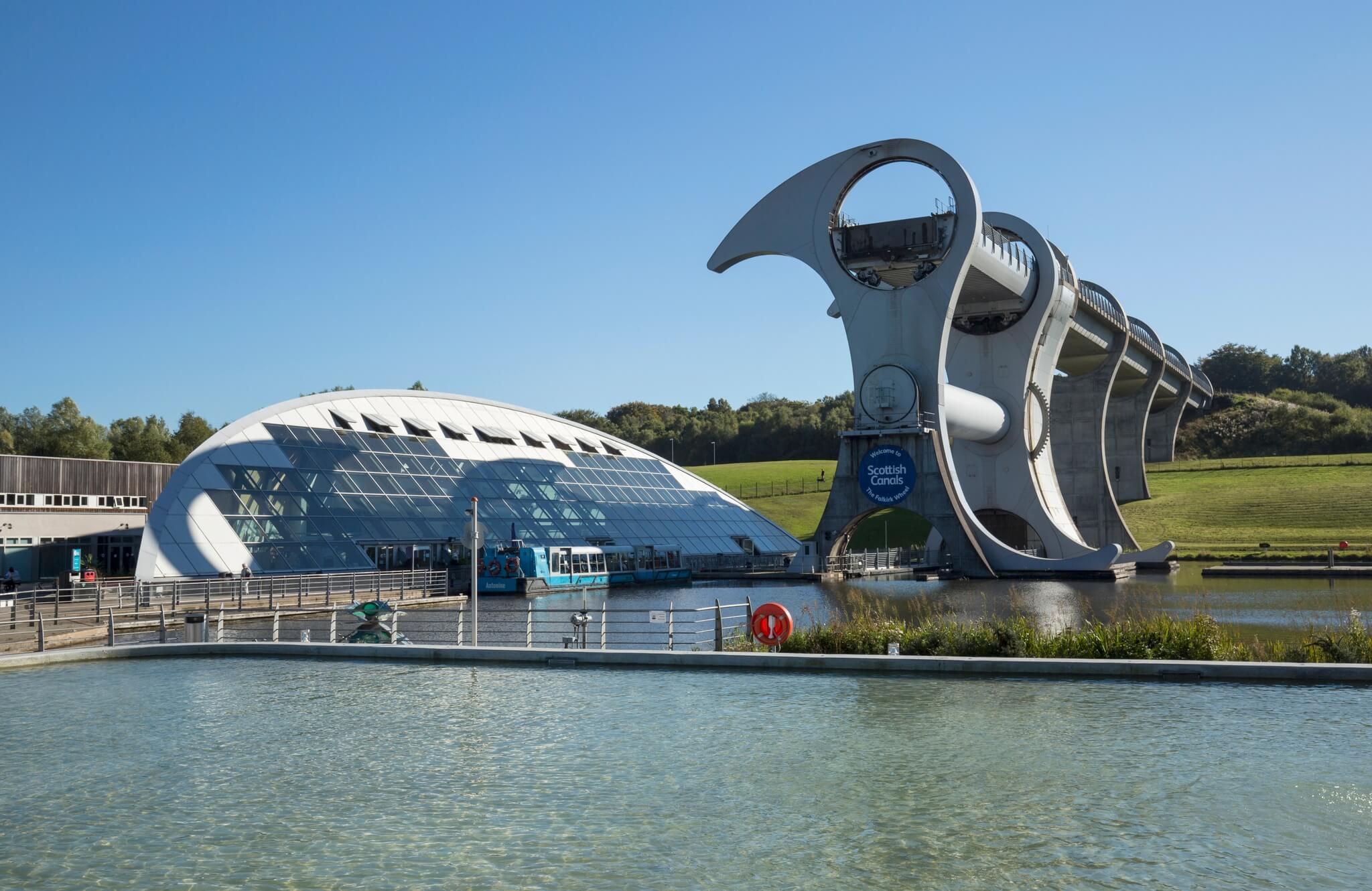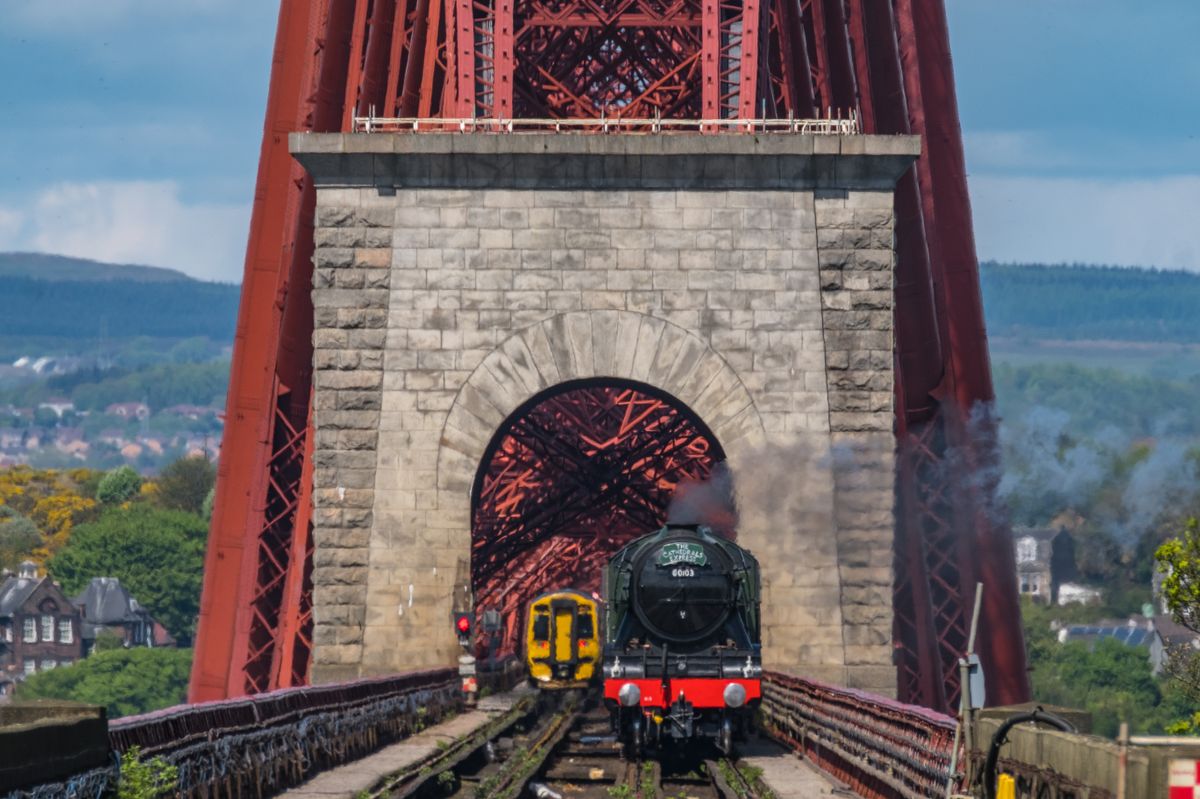Did you know, the Antonine Wall measures 60 km (30 m) in length from coast to coast?
Frontiers of the Roman Empire
The Antonine Wall was not just the Roman Empire’s most northerly frontier, it was also one of the civilisation’s most sophisticated military constructions, as it exploits the defensive features of the landscape it runs through, using high ridges and steep drops to create a formidable barrier. Unlike Hadrian’s Wall which was built from stone, the Antonine Wall was composed of ramparts built from layers of turf and fronted by a wide and deep ditch to deter attackers. It served as a true state-of-the-art military installation.
An impressive Roman road, the Military Way, ran behind it and allowed the swift delivery of supplies, troops, and important news across the territory, making it the sustaining force of the last of the Roman Empire’s linear frontiers.
Kinneil Fortlet of the Antonine Wall on the Kinneil Estate
Explore it today
With many well-preserved sites to visit along the wall’s length, you can get an insight into the ingenuity of Roman infrastructure and what everyday life was like for a Roman soldier stationed on the furthest flung outpost of the empire.
You can also see replica distance slabs, sculptures and Roman themed playparks which offer a more creative and interactive way of learning about the wall, making sure it’s accessible to people of all ages and interests.
Bearsden Bath House, Antonine Wall
© VisitScotland / Kenny Lam
Sections of the Antonine Wall
The best-preserved and most visible section of ditch and rampart can be found along the 8 km stretch at Watling Lodge in Falkirk. However, you can also see the remains of forts, ramparts and even bathhouses at a variety of other locations, including Goldenhill Park, Duntocher, Bearsden, New Kilpatrick Cemetery, Bar Hill, Croy Hill, Castlecary, Kinneil, Callendar Park, Rough Castle, Seabegs Wood and more.
